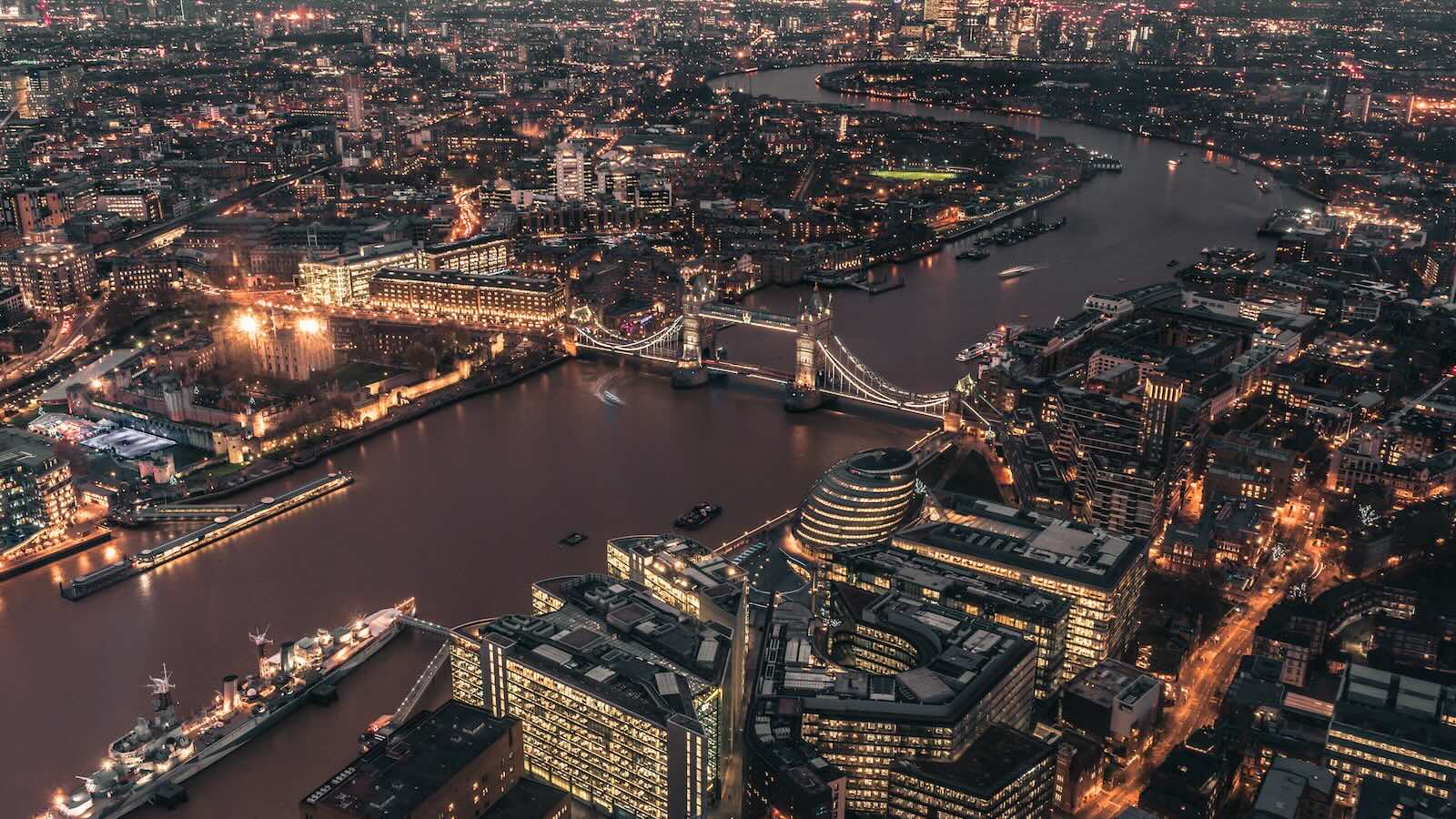Modern and vibrant, London has continued to evolve and grow for centuries, defining what is a city
London is both iconic and ever changing. Once the centre of the British empire, London has suffered many setbacks throughout its history, and rebuilt stronger every time.
London is often called a city of villages, for good reason. Sprawling and vast, what we think of as London, is a metro region made up of 32 separate Boroughs plus the City of London, each with their own local authority over their part of London. At one time villages, retaining some distinct characteristics. With populations between 150,000 and 400,000, these Boroughs have become their own small cities.
Historic London, the original Roman settlement known at the City or the Square Mile, holds a unique place compared to its neighbouring boroughs. The City of London is the centre out of which grew the metropolis, and it remains the central financial and business district. Today fewer than 9,000 people live within the City of London, such that it has become the business centre. And it contains many of the historic institutions—the Bank of England, stock market, Royal exchange, Old Bailey, St. Paul’s, and more.
Next door the City of Westminster is another historic village that is now the seat of both the government and the Crown. Many of the London’s museums, galleries, and parks, along the theatres of the Westend can all be found in the City of Westminster.
London has burned down, faced plagues and bombs, yet it has always rebuilt, and continued to change and adapt without completely wiping away its past. Unlike Paris with wide boulevards, London has kept much of its original footprint with the jumble of tiny and twisting streets that have shaped the buildings of the modern city, lending it a unique charm.
Photo by Giammarco Boscaro on Unsplash
